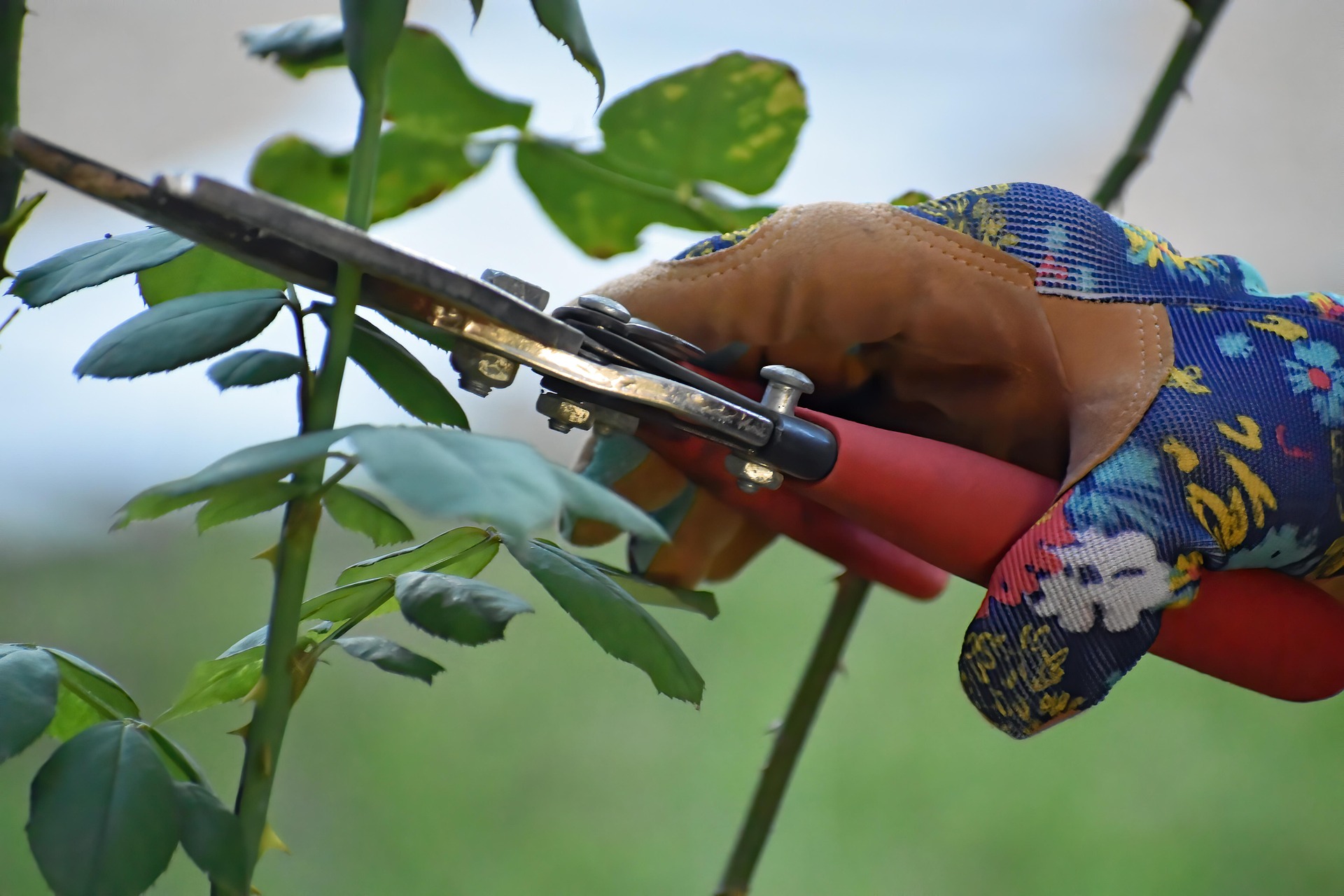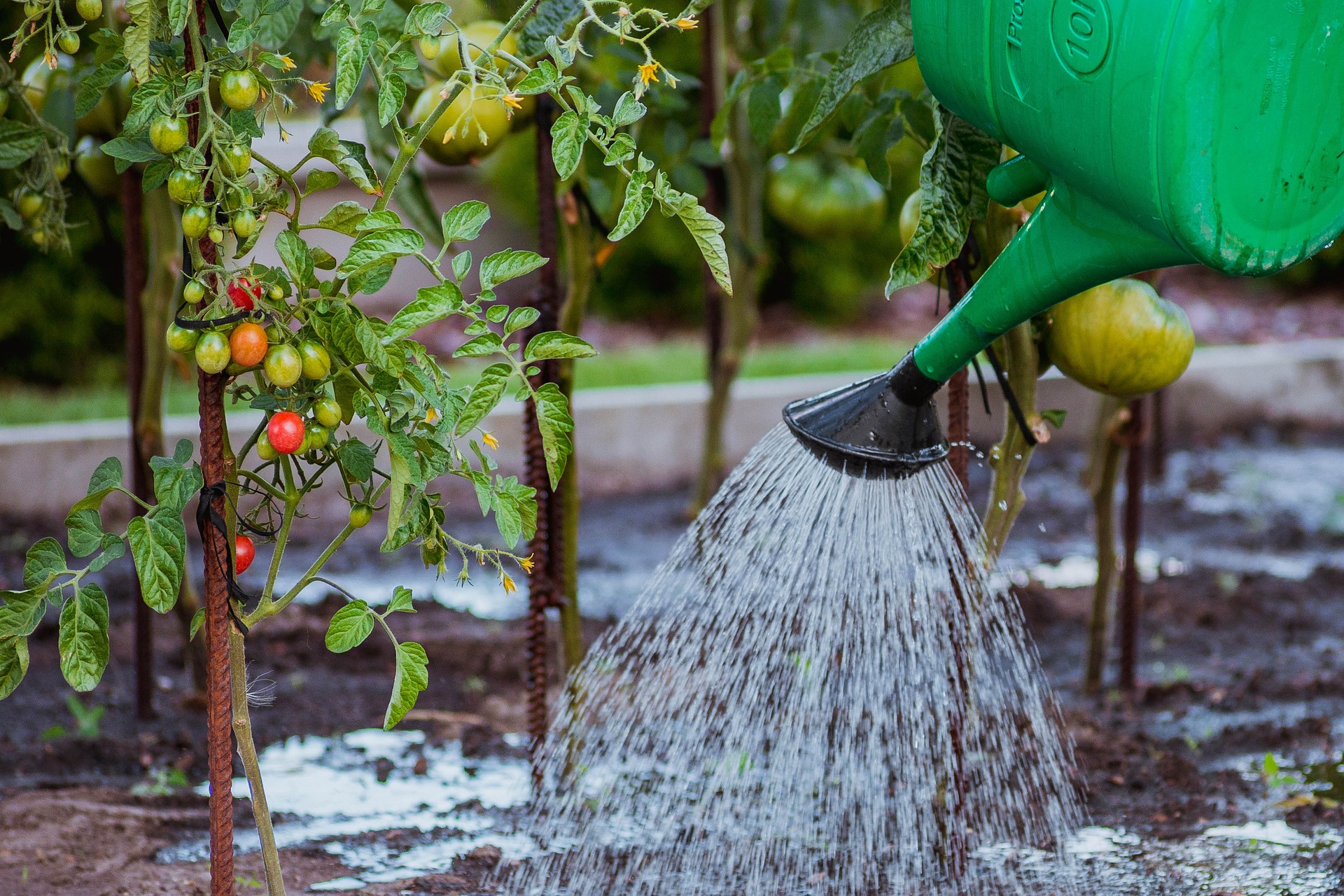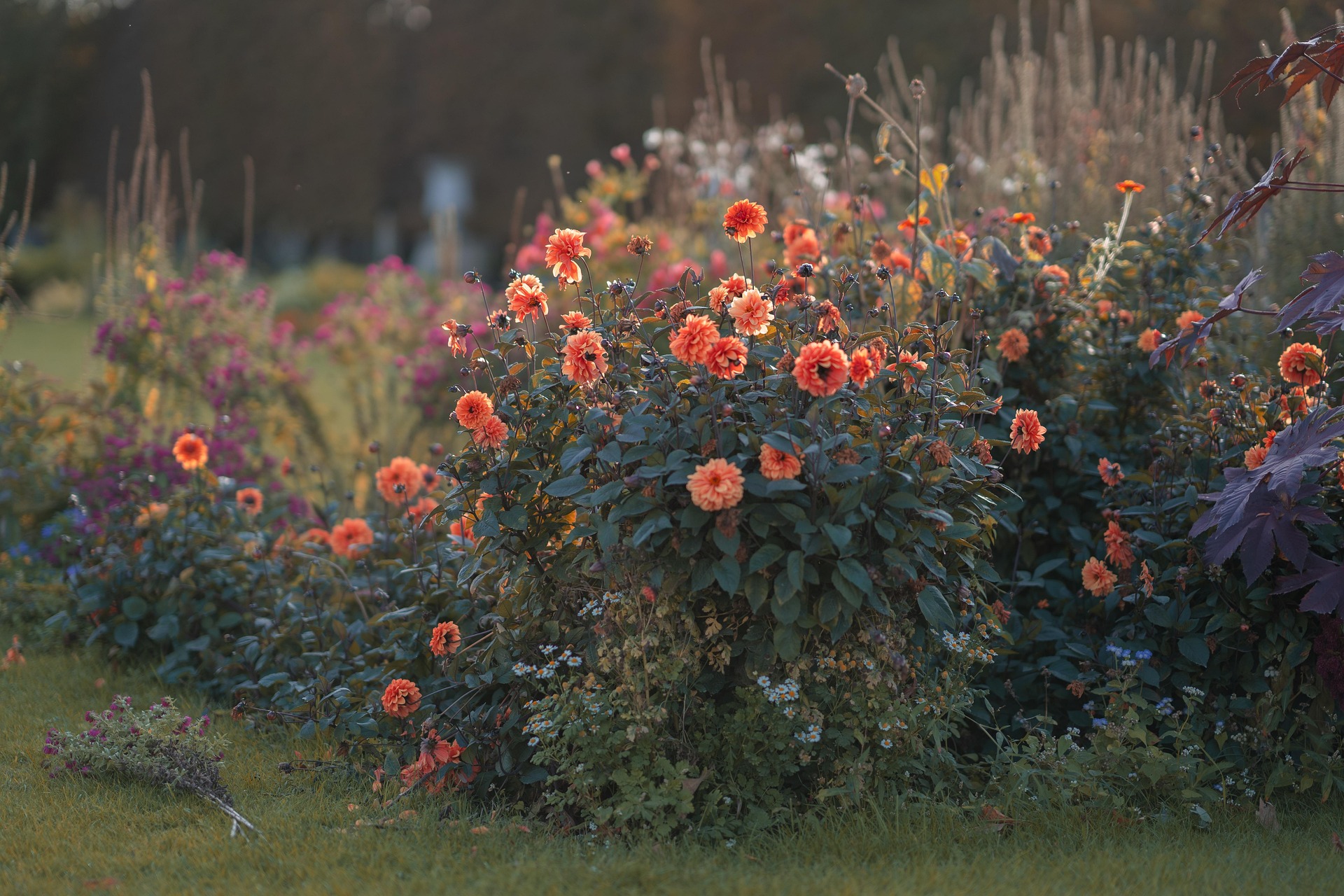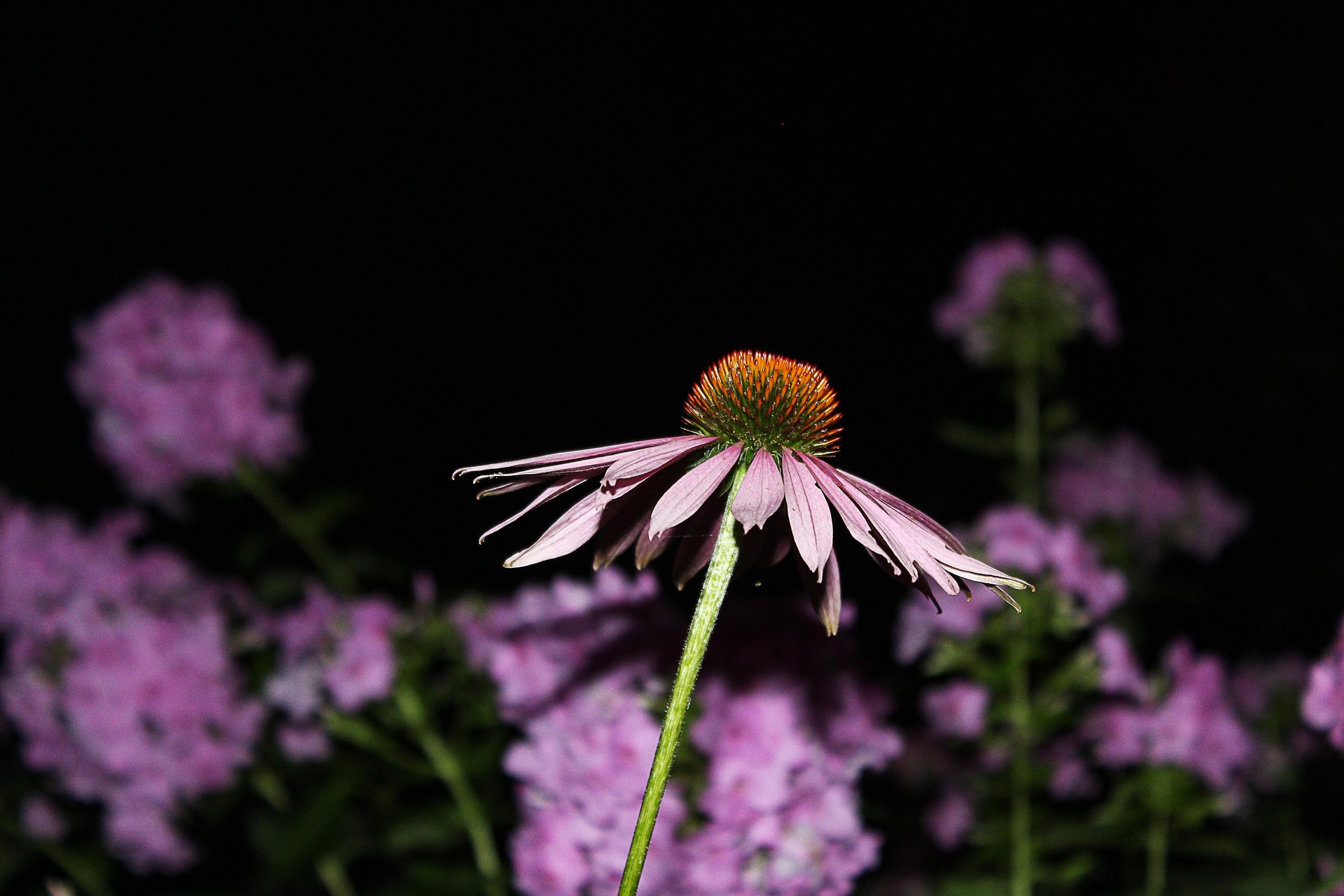Pruning Your Garden: A Complete Guide to Healthier, Happier Plants

Pruning can feel a little intimidating, especially when you’re staring down a healthy shrub with a pair of secateurs wondering, “Am I about to ruin this?” But done right, pruning is one of the most rewarding—and essential—garden tasks. It helps your plants grow better, look neater, and even live longer. Whether you’re shaping a hedge, encouraging more flowers, or cutting back to control size, knowing when and how to prune is the key to a thriving garden.
Here’s everything you need to know about pruning your garden—why it matters, how to do it properly, and what to prune when.
Why Prune at All?
Pruning is much more than just making your garden look tidy. It serves several vital purposes:
Health: Removing dead, diseased, or damaged branches prevents problems from spreading and improves airflow.
Growth: Pruning encourages vigorous new growth and better flowering or fruiting.
Shape: Helps keep plants in the desired form—whether you like neat topiary or a relaxed natural shape.
Size control: Keeps fast-growing plants in check and prevents overcrowding.
Safety: Prevents branches from overhanging paths, windows, or wires.
In short, regular pruning leads to stronger, healthier, and better-looking plants.
Essential Pruning Tools
Good tools make pruning easier, cleaner, and safer. Here are the basics:
Secateurs (hand pruners): Ideal for small branches and stems up to 1–2 cm thick.
Loppers: Provide more leverage for thicker branches up to about 4–5 cm.
Pruning saw: For branches too large for loppers.
Hedge shears: Great for trimming and shaping hedges or soft growth.
Gloves: Protect your hands from thorns and splinters.
Disinfectant: Clean your tools between plants, especially if cutting diseased material.
Always keep your blades sharp—clean cuts heal faster and reduce the risk of infection.
When to Prune
Timing matters. Different plants need pruning at different times of year. Here’s a general seasonal guide:
Winter (Dec – Feb):
Best for deciduous trees and shrubs when they’re dormant.
Encourages strong spring growth.
Avoid pruning spring-flowering shrubs now—they’re already forming buds.
Spring (Mar – May):
Good for early flowering shrubs like forsythia or lilac after they bloom.
Tidy up perennials, roses, and evergreen shrubs.
Cut back ornamental grasses before new growth appears.
Summer (Jun – Aug):
Light pruning or deadheading to maintain shape.
Trim hedges mid to late summer for neatness.
Great time to prune wisteria (usually July/August).
Autumn (Sep – Nov):
Generally a time to avoid major pruning, as fresh cuts can stimulate new growth just before frost.
Good for removing dead or damaged wood.
Basic Pruning Techniques
Once you’ve got your timing right, it’s time to learn a few key techniques:
1. Deadheading
Remove spent flowers to encourage more blooms and tidy the plant.
Especially useful for annuals, perennials, and roses.
2. Thinning
Selectively remove branches to reduce overcrowding and improve airflow.
Encourages healthier growth and can prevent disease.
3. Heading Back
Cut stems back to a bud or branch to shape the plant or limit size.
Common for shrubs and roses.
4. Coppicing & Pollarding
More advanced techniques that involve cutting plants back hard to promote strong regrowth.
Often used on willows, hazel, or ornamental trees.
5. Renovation Pruning
A drastic cut-back to rejuvenate old or neglected shrubs.
Best done over a few years to avoid shocking the plant.
Top Tip: Always make cuts just above a bud or branch junction, angled away from the bud. This helps the plant heal cleanly and grow in the desired direction.
How to Prune Common Garden Plants
Let’s break it down by plant type for practical tips:
Shrubs (e.g. Hydrangea, Buddleia, Forsythia)
Hydrangea macrophylla: Leave flower heads on over winter for protection. Cut back to a healthy pair of buds in spring.
Buddleia (Butterfly bush): Prune hard in early spring for masses of summer flowers.
Forsythia: Prune right after flowering to avoid cutting off next year’s buds.
Roses
Prune in late winter or early spring, removing dead or crossing stems.
Cut back to outward-facing buds to create an open, vase-like shape.
Climbers (e.g. Wisteria, Clematis, Honeysuckle)
Wisteria: Summer prune long whippy shoots, and winter prune to shape.
Clematis: Depends on the group (1, 2, or 3)—group 3 types need hard pruning in early spring.
Honeysuckle: Thin out older stems and shape lightly after flowering.
Fruit Trees
Prune apples and pears in winter for structure; summer prune for shape and fruiting.
Stone fruit (cherry, plum) should be pruned in summer to reduce risk of disease.
Hedges
Trim evergreen hedges (like box or yew) in mid to late summer.
Deciduous hedges can be lightly trimmed in spring and again in summer.
Common Pruning Mistakes to Avoid
Over-pruning: Cutting back too much at once can shock or even kill a plant.
Wrong timing: Pruning at the wrong time can remove flower buds or cause frost-damaged new growth.
Blunt tools: Cause ragged cuts that are slow to heal and prone to disease.
Ignoring shape and structure: Always step back and assess the overall look while pruning.
Final Thoughts
Pruning doesn’t have to be scary. With a little knowledge, the right tools, and a plan, you’ll quickly see the benefits—more flowers, healthier plants, and a garden that looks neat and full of life. Start with a few simple tasks, build your confidence, and soon you’ll be pruning like a pro.
Remember: nature is forgiving, and plants are resilient. If you make a mistake, most plants will bounce back. So grab your secateurs, take a deep breath, and give your garden the seasonal haircut it deserves.





